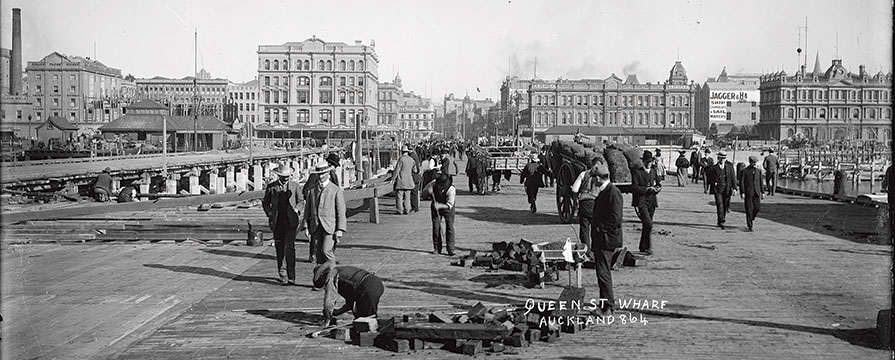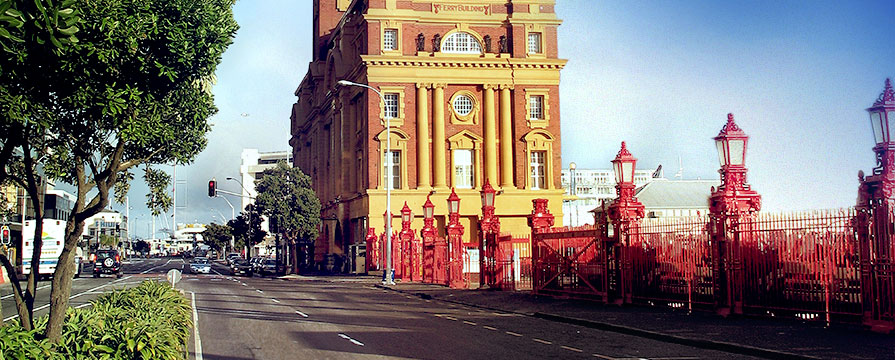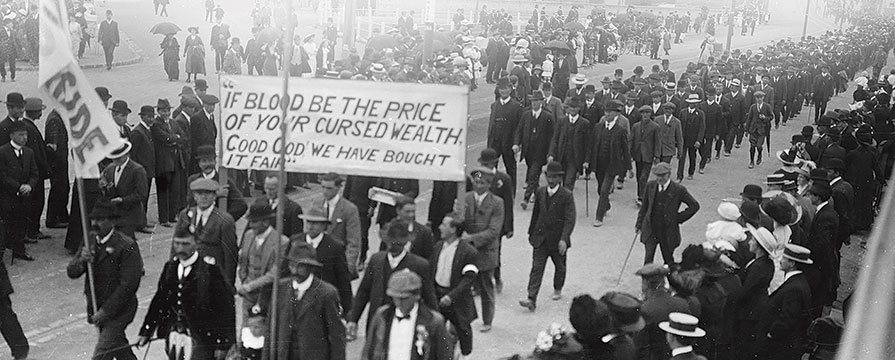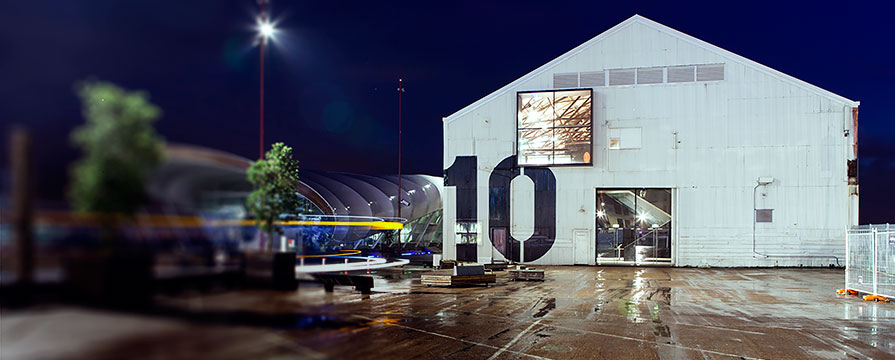Queens Wharf History
1840
NEW ZEALAND’S GOVERNOR, CAPTAIN WILLIAM HOBSON, ESTABLISHES THE GROWING PORT OF AUCKLAND AS THE NATION’S FIRST CAPITAL.
Auckland’s harbour has always been central to the economy, and the coming and going of people.
Where Queens Wharf now stands was known as Horotiu, the name of the taniwha (a legendary water creature) which played in the area. It was a popular food gathering spot for Māori.
After European arrival, the area became known as Commercial Bay. Boats arrived laden with immigrants, imported goods and news from half a world away. Waka arrived with vegetables, fish and pork.
The place had become the gateway to the new city.
1852
THE FIRST QUEENS STREET WHARF.
The new 1400-foot timber wharf was an important boost to the establishment of Auckland’s leading role in wool, kauri gum and timber exports.









